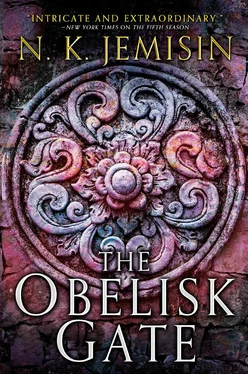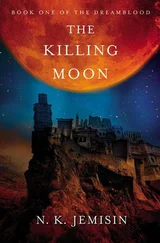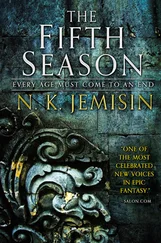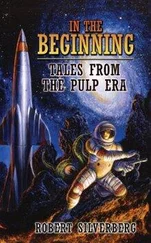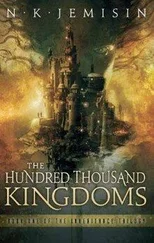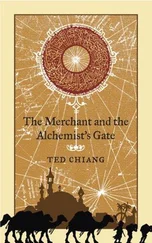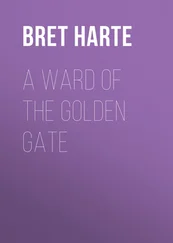Geneer:From “geoneer.” An engineer of earthworks—geothermal energy mechanisms, tunnels, underground infrastructure, and mining.
Geomest:One who studies stone and its place in the natural world; general term for a scientist. Specifically geomests study lithology, chemistry, and geology, which are not considered separate disciplines in the Stillness. A few geomests specialize in orogenesis—the study of orogeny and its effects.
Greenland:An area of fallow ground kept within or just outside the walls of most comms as advised by stonelore. Comm greenlands may be used for agriculture or animal husbandry at all times, or may be kept as parks or fallow ground during non-Seasonal times. Individual households often maintain their own personal housegreen, or garden, as well.
Grits:In the Fulcrum, unringed orogene children who are still in basic training.
Guardian:A member of an order said to predate the Fulcrum. Guardians track, protect, protect against, and guide orogenes in the Stillness.
Imperial Road:One of the great innovations of the Old Sanze Empire, highroads (elevated highways for walking or horse traffic) connect all major comms and most large quartents to one another. Highroads are built by teams of geneers and Imperial Orogenes, with the orogenes determining the most stable path through areas of seismic activity (or quelling the activity, if there is no stable path), and the geneers routing water and other important resources near the roads to facilitate travel during Seasons.
Innovator:One of the seven common use-castes. Innovators are individuals selected for their creativity and applied intelligence, responsible for technical and logistical problem solving during a Season.
Kirkhusa:A mid-sized mammal, sometimes kept as a pet or used to guard homes or livestock. Normally herbivarous; during Seasons, carnivorous.
Knapper:A small-tools crafter, working in stone, glass, bone, or other materials. In large comms, knappers may use mechanical or mass-production techniques. Knappers who work in metal, or incompetent knappers, are colloquially called “rusters.”
Lorist:One who studies stonelore and lost history.
Mela:A Midlats plant, related to the melons of Equatorial climates. Mela are vining ground plants that normally produce fruit aboveground. During a Season, the fruit grows underground as tubers. Some species of mela produce flowers that trap insects.
Metallore:Like alchemy and astronomestry, a discredited pseudoscience disavowed by the Seventh University.
Midlats:The “middle” latitudes of the continent—those between the equator and the arctic or antarctic regions. Also refers to people from midlats regions (sometimes called Midlatters). These regions are seen as the backwater of the Stillness, although they produce much of the world’s food, materials, and other critical resources. There are two midlat regions: the northern (Nomidlats) and southern (Somidlats).
Newcomm:Colloquial term for comms that have arisen only since the last Season. Comms that have survived at least one Season are generally seen as more desirable places to live, having proven their efficacy and strength.
Nodes:The network of Imperially maintained stations placed throughout the Stillness in order to reduce or quell seismic events. Due to the relative rarity of Fulcrum-trained orogenes, nodes are primarily clustered in the Equatorials.
Orogene:One who possesses orogeny, whether trained or not. Derogatory: rogga.
Orogeny:The ability to manipulate thermal, kinetic, and related forms of energy to address seismic events.
Quartent:The middle level of the Imperial governance system. Four geographically adjacent comms make a quartent. Each quartent has a governor to whom individual comm heads report, and who reports in turn to a regional governor. The largest comm in a quartent is its capital; larger quartent capitals are connected to one another via the Imperial Road system.
Region:The top level of the Imperial governance system. Imperially recognized regions are the Arctics, Nomidlats, Western Coastals, Eastern Coastals, Equatorials, Somidlats, and Antarctics. Each region has a governor to whom all local quartents report. Regional governors are officially appointed by the Emperor, though in actual practice they are generally selected by and/or come from the Yumenescene Leadership.
Resistant:One of the seven common use-castes. Resistants are individuals selected for their ability to survive famine or pestilence. They are responsible for caring for the infirm and dead bodies during Seasons.
Rings:Used to denote rank among Imperial Orogenes. Unranked trainees must pass a series of tests to gain their first ring; ten rings is the highest rank an orogene may achieve. Each ring is made of polished semiprecious stone.
Roadhouse:Stations located at intervals along every Imperial Road and many lesser roads. All roadhouses contain a source of water and are located near arable land, forests, or other useful resources. Many are located in areas of minimal seismic activity.
Runny-sack:A small, easily portable cache of supplies most people keep in their homes in case of shakes or other emergencies.
Safe:A beverage traditionally served at negotiations, first encounters between potentially hostile parties, and other formal meetings. It contains a plant milk that reacts to the presence of all foreign substances.
Sanze:Originally a nation (unit of a deprecated political system, Before Imperial) in the Equatorials; origin of the Sanzed race. At the close of the Madness Season (7 Imperial), the nation of Sanze was abolished and replaced with the Sanzed Equatorial Affiliation, consisting of six predominantly Sanzed comms under the rule of Emperor Verishe Leadership Yumenes. The Affiliation expanded rapidly in the aftermath of the Season, eventually encompassing all regions of the Stillness by 800 Imperial. Around the time of the Season of Teeth, the Affiliation came to be known colloquially as the Old Sanze Empire, or simply Old Sanze. As of the Shilteen Accords of 1850 Imperial, the Affiliation officially ceased to exist, as local control (under the advisement of the Yumenescene Leadership) was deemed more efficient in the event of a Season. In practice, most comms still follow Imperial systems of governance, finance, education, and more, and most regional governors still pay taxes in tribute to Yumenes.
Sanzed:A member of the Sanzed race. Per Yumenescene Breedership standards, Sanzeds are ideally bronze-skinned and ashblow-haired, with mesomorphic or endomorphic builds and an adult height of minimum six feet.
Sanze-mat:The language spoken by the Sanze race, and the official language of the Old Sanze Empire, now the lingua franca of most of the Stillness.
Seasonal Law:Martial law, which may be declared by any comm head, quartent governor, regional governor, or recognized member of the Yumenescene Leadership. During Seasonal Law, quartent and regional governance are suspended and comms operate as sovereign sociopolitical units, though local cooperation with other comms is strongly encouraged per Imperial policy.
Seventh University:A famous college for the study of geomestry and stonelore, currently Imperially funded and located in the Equatorial city of Dibars. Prior versions of the University have been privately or collectively maintained; notably, the Third University at Am-Elat (approximately 3000 Before Imperial) was recognized at the time as a sovereign nation. Smaller regional or quartent colleges pay tribute to the University and receive expertise and resources in exchange.
Читать дальше
